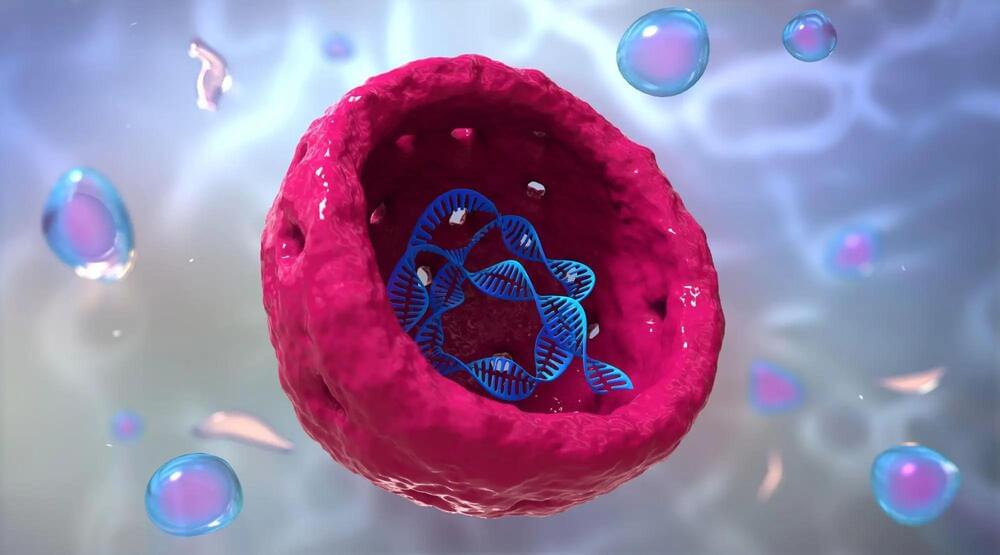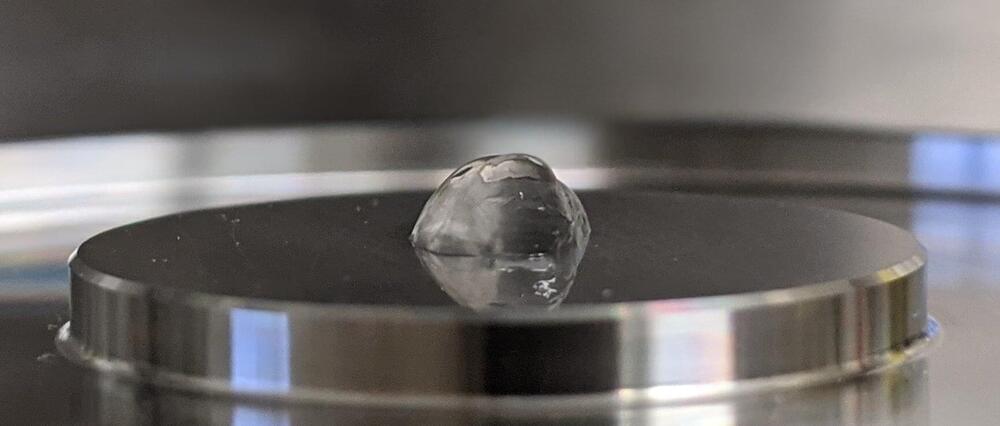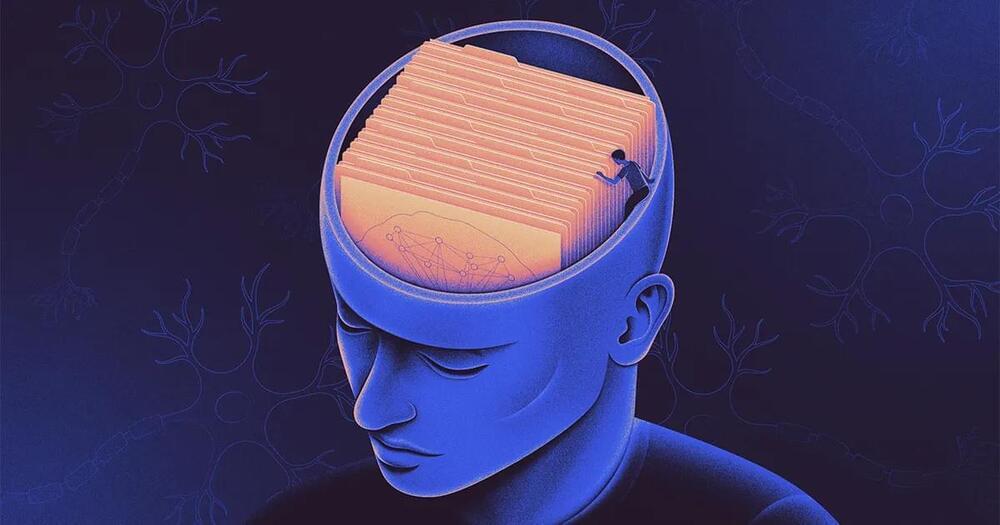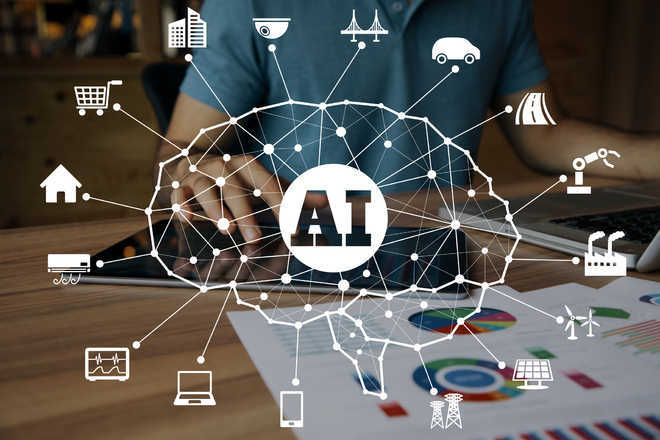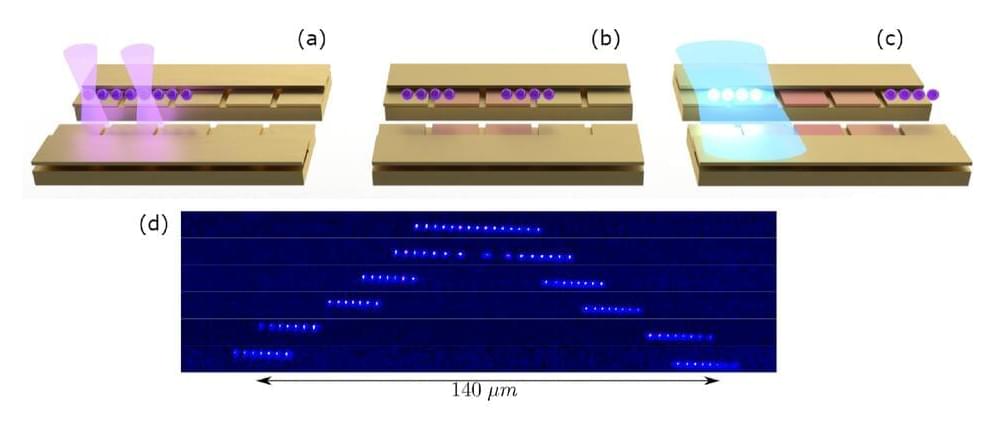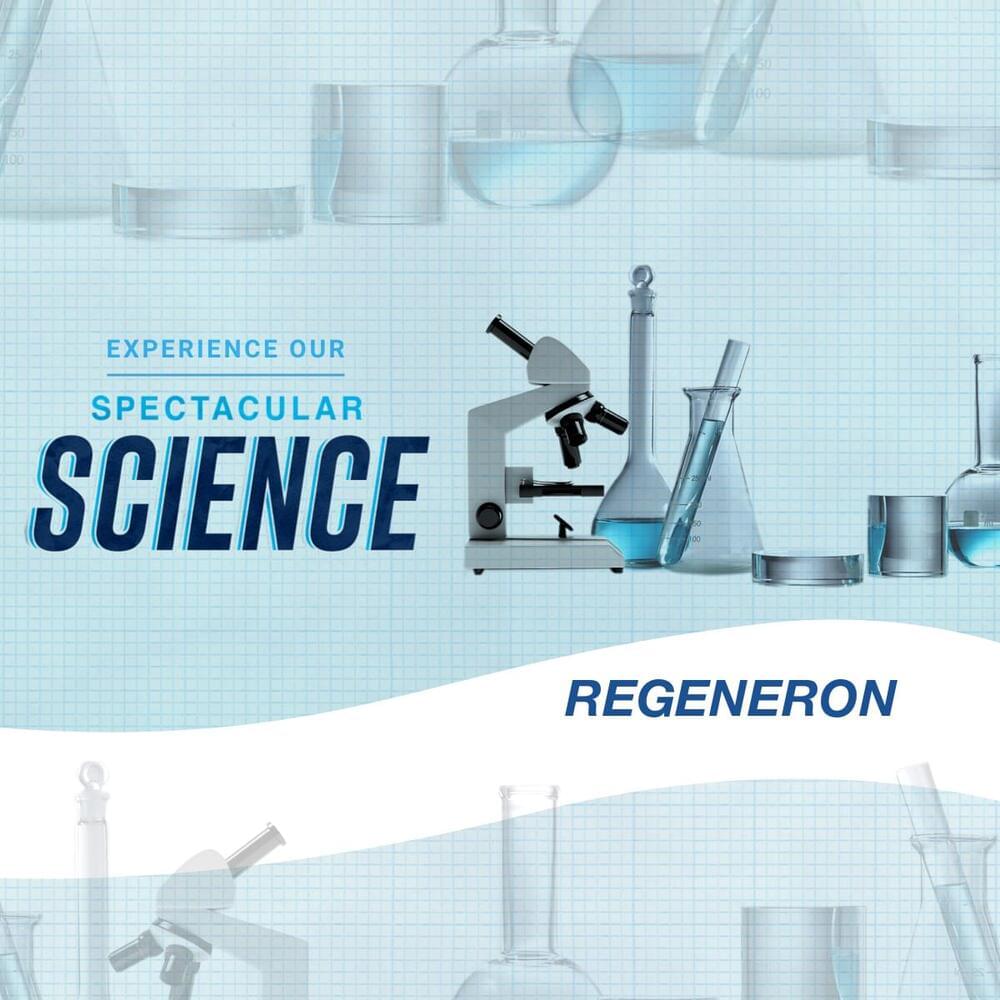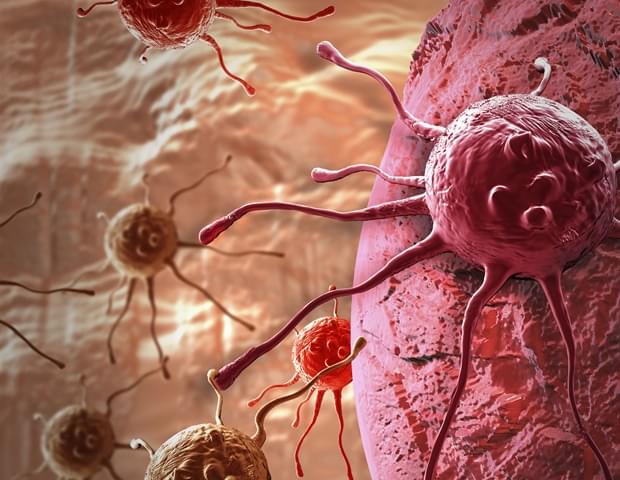Life runs on ribosomes. Every cell across the globe requires ribosomes to convert genetic data into the vital proteins required for the organism’s operation, and, subsequently, for the production of more ribosomes. However, scientists still lack a clear understanding of how these essential nanomachines are assembled.
Now, new high-resolution images of the large ribosomal subunit are shedding light on how arguably nature’s most fundamental molecule coalesces in human cells. The findings, published in Science, bring us one step closer to a complete picture of ribosome assembly.
“We now have a pretty good idea of how the large ribosomal subunit is assembled in humans,” says Rockefeller’s Sebastian Klinge. “We still have quite a few gaps in our understanding, but we certainly now have a much better idea than we had before.”
